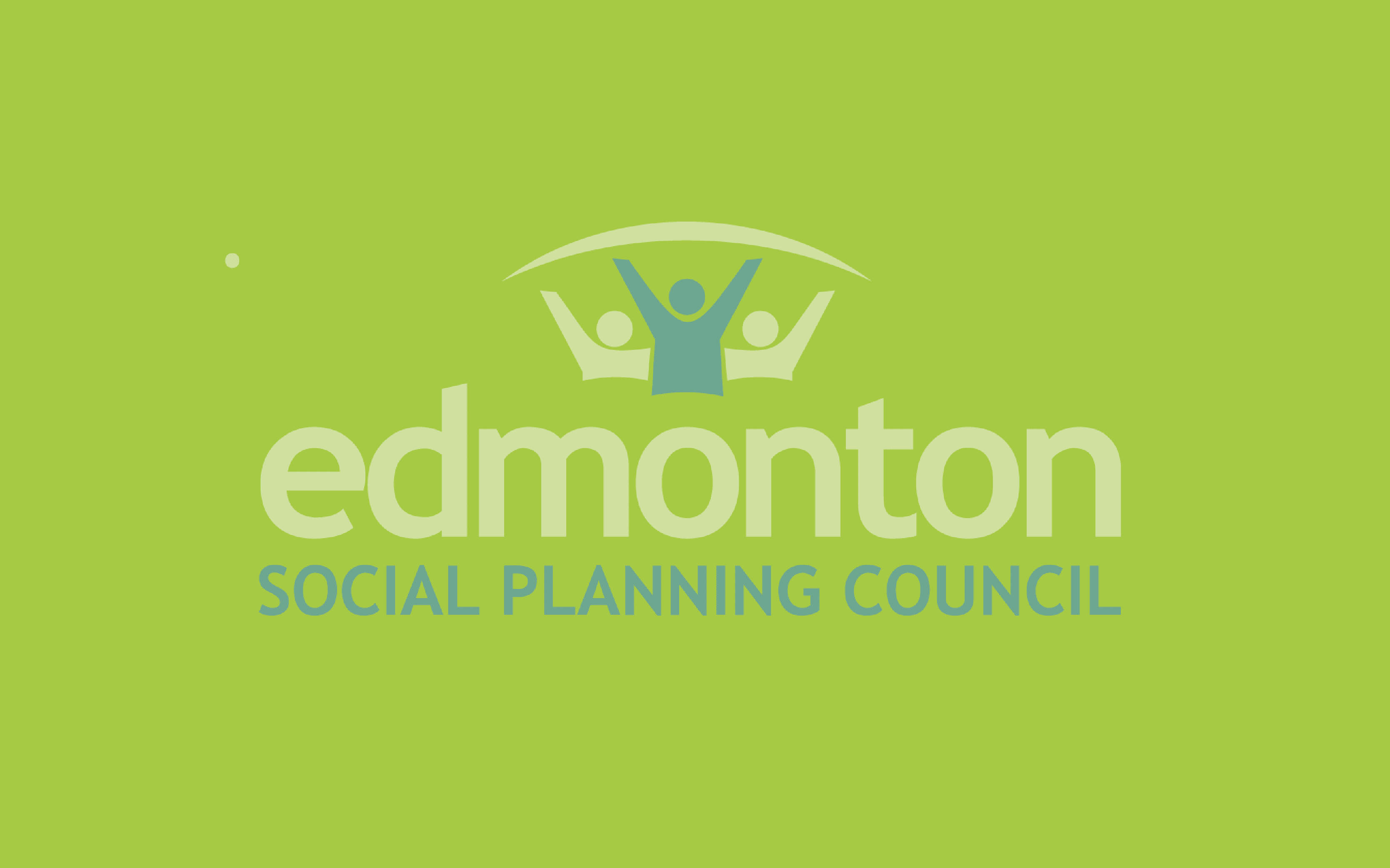[et_pb_section fb_built=”1″ _builder_version=”4.7.0″ custom_margin=”0px||0px||false|false” custom_padding=”0px||0px||false|false”][et_pb_row column_structure=”3_4,1_4″ use_custom_gutter=”on” gutter_width=”1″ _builder_version=”4.7.3″ _module_preset=”default” width=”100%” custom_margin=”0px||||false|false” custom_padding=”3px||5px|||” border_width_bottom=”1px” border_color_bottom=”#a6c942″][et_pb_column type=”3_4″ _builder_version=”4.7.0″ _module_preset=”default”][et_pb_post_title meta=”off” featured_image=”off” _builder_version=”4.7.4″ _module_preset=”default” title_font=”||||||||” custom_margin=”||3px|||” border_color_bottom=”#a6c942″][/et_pb_post_title][/et_pb_column][et_pb_column type=”1_4″ _builder_version=”4.7.0″ _module_preset=”default”][et_pb_image src=”https://edmontonsocialplanning.ca/wp-content/uploads/2020/08/boxes_1.gif” title_text=”boxes_1″ align=”center” disabled_on=”on|off|off” _builder_version=”4.7.4″ _module_preset=”default” width=”100%” custom_margin=”-2px||-1px||false|false” custom_padding=”||7px|||”][/et_pb_image][/et_pb_column][/et_pb_row][et_pb_row column_structure=”3_4,1_4″ use_custom_gutter=”on” gutter_width=”1″ make_equal=”on” _builder_version=”4.7.4″ background_size=”initial” background_position=”top_left” background_repeat=”repeat” width=”100%” custom_margin=”0px|auto|0px|auto|false|false” custom_padding=”37px|0px|44px|0px|false|false”][et_pb_column type=”3_4″ _builder_version=”4.5.6″ custom_padding=”0px|0px|0px|0px|false|false” custom_padding__hover=”|||”][et_pb_text _builder_version=”4.7.4″ _dynamic_attributes=”content” _module_preset=”default” text_font=”||||||||” text_text_color=”#000000″ custom_padding=”||32px|||”]@ET-DC@eyJkeW5hbWljIjp0cnVlLCJjb250ZW50IjoicG9zdF9kYXRlIiwic2V0dGluZ3MiOnsiYmVmb3JlIjoiIiwiYWZ0ZXIiOiIiLCJkYXRlX2Zvcm1hdCI6ImRlZmF1bHQiLCJjdXN0b21fZGF0ZV9mb3JtYXQiOiIifX0=@[/et_pb_text][et_pb_text _builder_version=”4.7.4″ text_line_height=”1.6em” header_2_font=”||||||||” header_2_text_color=”#008ac1″ header_2_font_size=”24px” background_size=”initial” background_position=”top_left” background_repeat=”repeat” width=”95%” module_alignment=”left” custom_margin=”44px|0px|2px|-96px|false|false” hover_enabled=”0″ locked=”off” sticky_enabled=”0″]
Note: this is excerpted from the May 2020 edition of our “Research Update” publication. The Edmonton Social Planning Council, in collaboration with our volunteers, strives to provide stakeholders and community members with up-to-date reviews, prepared by our volunteers, on recently published social research reports and publications.
Reviewed by Kevin Beauchamp
Wayne Simpson and Harvey Stevens examine the potential options for an Alberta Guaranteed Basic Income (AGBI). Simpson is a research fellow and economics professor at the University of Manitoba, and Stevens is a retired Government of Manitoba senior policy analyst. This paper was published through The University of Calgary’s School of Public Policy.
Despite the economic booms Alberta has received, poverty persists in the province; an AGBI could help address this issue. Two arguments against implementing an AGBI relate to the financial costs and potential work disincentives. Simpson and Stevens propose an AGBI model that would improve the fairness of the tax system and not require significant funding, by making six currently non-refundable tax credits (NRTCs) refundable. The NRTCs proposed to be eliminated include the Basic Personal Amount, Age 65 and over, Pension Income, Education, Tuition, and Student Loan Interest, and would create an AGBI budget of $5.36 billion.
The equation for determining the net benefit to the recipient is “Net Benefit = G – (Family Income x BRR),” where G = size of the guarantee and BRR = Benefit Reduction Rate. As BRR increases, the depth of the benefit increases but is targeted towards a smaller number of recipients. A BRR of 10% was chosen as it benefits a larger percentage of families, minimizes work disincentives, and reduces the poverty rate by 26.3%, and poverty depth by 25.3%. Annual guarantees of $6,389 would be allocated for single-parent families and $9,305 for two-parent families. Additional “top-ups” for persons with disabilities and caregivers of disabled adults were also included. When accounting for labour supply costs, the AGBI would end up costing the provincial government $154.3 million. Net benefits would be mostly distributed to individuals in the two lowest income deciles, while higher income deciles would receive a modest income reduction of approximately 2%. In general, single-parents and single persons benefit modestly at the expense of two-parent families.
Simpson and Stevens also outline a joint Federal/Alberta GBI option. This option would remove the same NRTCs as the AGBI, along with the federal GST credit. A federally funded national GBI, with one G and BRR set for the entire country, would be complemented by a provincial GBI with its own G and BRR values. Simpson and Stevens propose a federal BRR of 15% and an Alberta BRR of 10% that would create a budget of $11.4 billion allocated for Albertans. The estimated net costs of the joint GBI would be $801.2 million.
Federal collaboration would have a more significant impact, as federal tax credits are about 50% higher than provincial tax credits. Single-parent families would receive annual guarantees of $13,674 while two-parent families would receive over $19,000. Reductions in poverty rates (44%) and depth of poverty (54%) would be more pronounced, and the gains/losses for each income decile level would also be approximately doubled, compared to the AGBI option. The relative impacts based on family unit type would remain consistent with the AGBI option.
A limitation to the two models is that they had to resort to the traditional method of measuring poverty, using Low Income Cut-Offs (LICOs) which have been criticized as a poverty measure; Simpson and Stevens acknowledge that the Market Basket Measure (MBM) is currently Canada’s official poverty measure. I also noted a large discrepancy in both models regarding the percentage change of disposable incomes between elderly singles and elderly couples in the lowest income decile level, with elderly couples benefiting more. The differences between single-parent/two-parent families and non-elderly singles/non-elderly couples at the same income decile level are much more modest.
A potential flaw in these models is that disposable income losses aren’t completely progressive along income decile levels. Higher income earners would lose a smaller percentage of disposable income compared to middle-income earners. In the joint Federal/Alberta model, the 4th and 5th income decile levels, on average, would lose more disposable income in pure terms compared to the income earners above them. Further income redistribution may be necessary to increase the equity of the GBI models for middle-income earners.
The models presented appropriately account for changes in the labour supply and tax revenue. However, if a GBI model is ever enacted, it would be worth considering the reduced costs (healthcare, social services, policing, etc.) that would likely result from a more equal society. However, these measures were beyond the scope of the research and would be very speculative at this juncture.
Publication Source: Simpson, W. & Stevens, H. (2019). An Alberta Guaranteed Basic Income: Issues and Options. University of Calgary. Retrieved from: https://journalhosting.ucalgary.ca/index.php/sppp/article/view/53021
Volunteer Research Reviewer: Kevin Beauchamp spent the past year as a Human Geography student at the University of Alberta and will be entering a Master of Urban and Regional Planning program this fall. Kevin plans to explore topics such as affordable housing, social marginalization, and community development throughout his Masters studies.
[/et_pb_text][/et_pb_column][et_pb_column type=”1_4″ _builder_version=”4.7.4″ custom_padding=”0px|20px|0px|20px|false|false” border_color_left=”#a6c942″ custom_padding__hover=”|||”][et_pb_testimonial author=”Posted by:” job_title=”@ET-DC@eyJkeW5hbWljIjp0cnVlLCJjb250ZW50IjoicG9zdF9hdXRob3IiLCJzZXR0aW5ncyI6eyJiZWZvcmUiOiIiLCJhZnRlciI6IiIsIm5hbWVfZm9ybWF0IjoiZGlzcGxheV9uYW1lIiwibGluayI6Im9uIiwibGlua19kZXN0aW5hdGlvbiI6ImF1dGhvcl93ZWJzaXRlIn19@” portrait_url=”@ET-DC@eyJkeW5hbWljIjp0cnVlLCJjb250ZW50IjoicG9zdF9hdXRob3JfcHJvZmlsZV9waWN0dXJlIiwic2V0dGluZ3MiOnt9fQ==@” quote_icon=”off” disabled_on=”on|off|off” _builder_version=”4.7.4″ _dynamic_attributes=”job_title,portrait_url” _module_preset=”default” body_text_color=”#000000″ author_font=”||||||||” author_text_align=”center” author_text_color=”#008ac1″ position_font=”||||||||” position_text_color=”#000000″ company_text_color=”#000000″ background_color=”#ffffff” text_orientation=”center” module_alignment=”center” custom_margin=”0px|0px|4px|0px|false|false” custom_padding=”32px|0px|0px|0px|false|false”][/et_pb_testimonial][et_pb_text disabled_on=”on|off|off” _builder_version=”4.7.4″ _dynamic_attributes=”content” _module_preset=”default” text_text_color=”#000000″ header_text_align=”left” header_text_color=”rgba(0,0,0,0.65)” header_font_size=”20px” text_orientation=”center” custom_margin=”||50px|||” custom_padding=”48px|||||”]@ET-DC@eyJkeW5hbWljIjp0cnVlLCJjb250ZW50IjoicG9zdF9jYXRlZ29yaWVzIiwic2V0dGluZ3MiOnsiYmVmb3JlIjoiUmVsYXRlZCBjYXRlZ29yaWVzOiAgIiwiYWZ0ZXIiOiIiLCJsaW5rX3RvX3Rlcm1fcGFnZSI6Im9uIiwic2VwYXJhdG9yIjoiIHwgIiwiY2F0ZWdvcnlfdHlwZSI6ImNhdGVnb3J5In19@[/et_pb_text][/et_pb_column][/et_pb_row][/et_pb_section]
